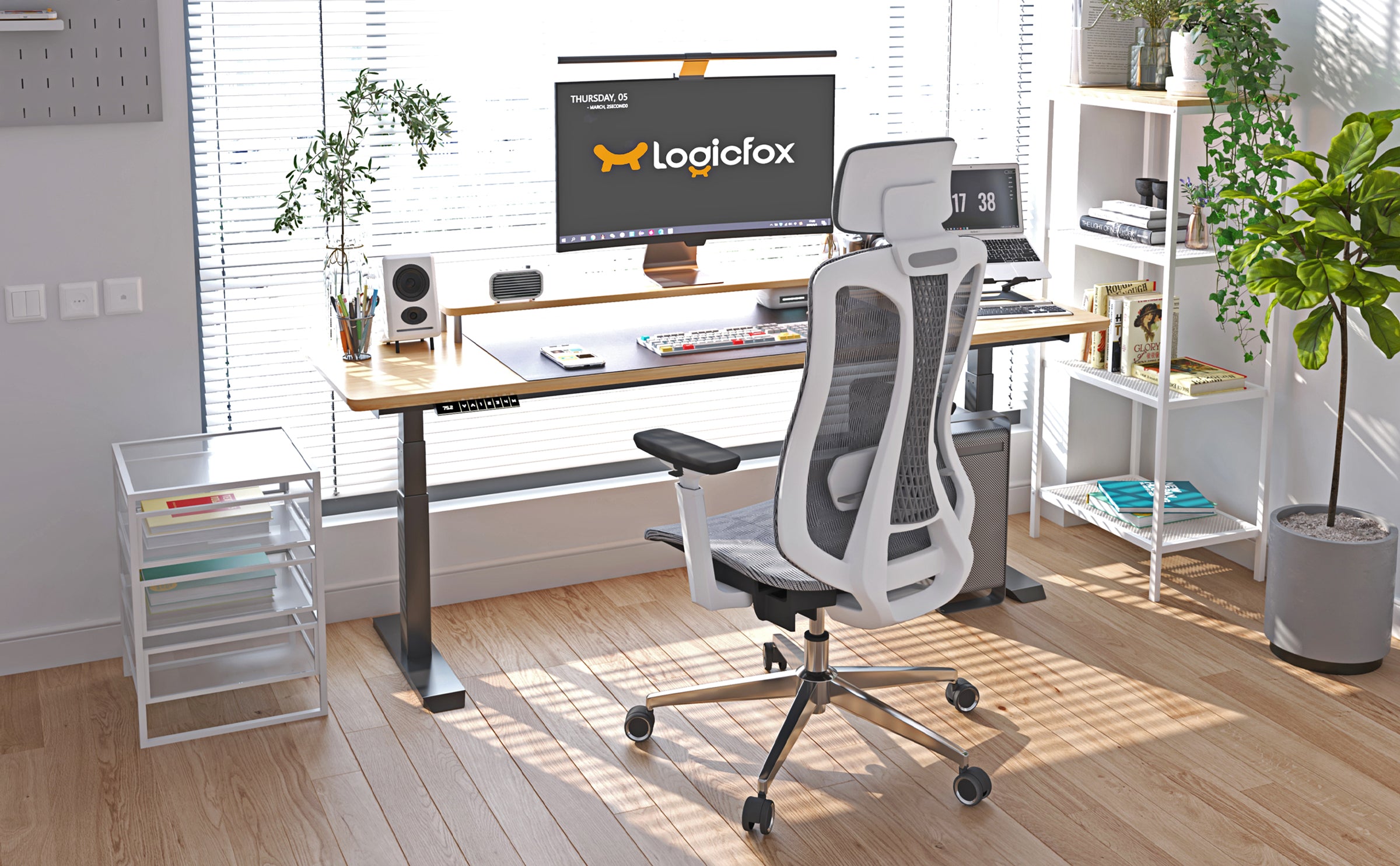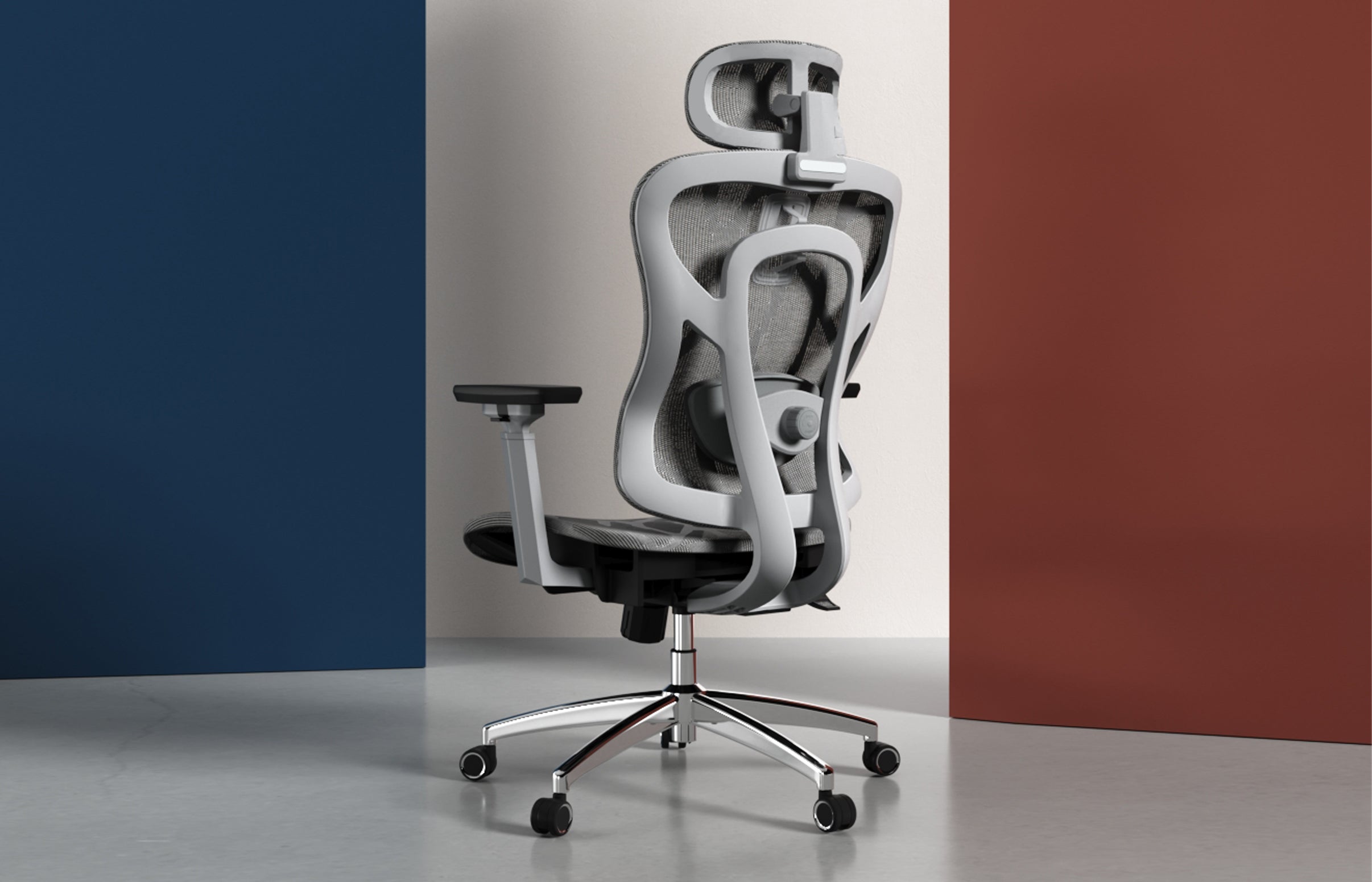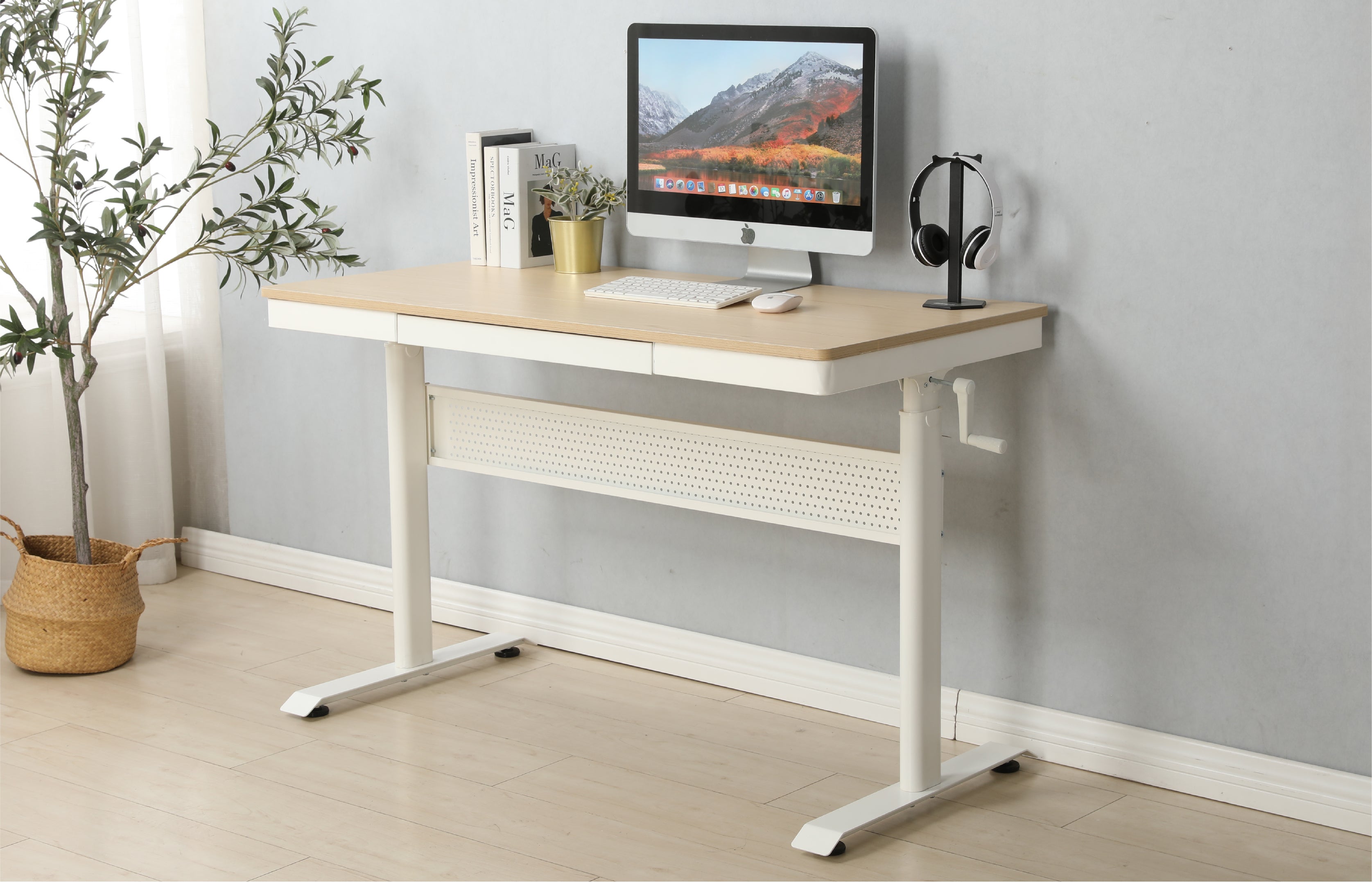In our modern, fast-paced society, many of us spend extended periods sitting in front of computer screens or at desks. And the ergonomic chair is the key to alleviating this issue. When we practice proper ergonomics, our bodies receive the necessary support, and we maintain better posture, reducing the likelihood of musculoskeletal problems. However, ergonomic chair seat depth is one crucial aspect of ergonomic chair design to ensure optimal comfort and support for users.

What Defines Seat Depth in Ergonomic Chairs?
Seat depth, the horizontal span from the backrest to the seat pan's front edge, plays a pivotal role in ergonomic chair design. This vital aspect shapes our interaction with the chair, profoundly influencing posture and comfort during extended periods of sitting. Understanding seat depth is crucial, as it directly affects the support and relief provided to various body types.
Navigating the Importance of Ergonomic Chair Seat Depth
Why does seat depth matter in ergonomic chairs? The key lies in thigh support. An inadequate seat depth can lead to discomfort, as thighs may lack sufficient support, causing pressure points and circulation issues. Alternatively, a too-deep seat may encourage slouching, straining the lumbar region. It's essential to find the right balance to support diverse body types.
Applying Ergonomic Principles to Seat Depth Design
Understanding Anthropometrics: Ergonomic chair design must cater to the diverse array of body types, a concept central to anthropometrics. This science delves into human body dimensions, guiding manufacturers to craft chairs that offer optimal support across a spectrum of users, with seat depths accommodating everyone comfortably.
Optimizing Seat Depth for Various Body Types
The perfect seat depth balances support and comfort for all users. Longer-legged individuals may prefer a deeper seat for full thigh support, whereas those with shorter legs might find a shallower seat more fitting. Chairs with adjustable seat depths, like the Logicfox Ergonomic Chair Pro Plus, shine in these scenarios, allowing users to tailor their seating experience.
Benefits of an Ideal Seat Depth
- Enhanced Posture and Spinal Alignment: Chairs with appropriate seat depth support the spine's natural curvature, fostering good posture and reducing back pain risk.
- Alleviated Pressure on Lower Body: Correct seat depth ensures thighs and buttocks are well-supported, minimizing discomfort during long sitting durations.
- Boosted Blood Circulation: Adequate seat depth promotes better circulation by avoiding thigh blood vessel compression, thus preventing numbness and tingling sensations.
Determining Your Perfect Seat Depth
Measuring Your Ideal Seat Depth: To discover your ideal seat depth, sit with your back against the chair's backrest and feet flat on the floor. Measure from your buttocks' back to your knees' back. This measurement should guide your choice for optimal thigh support without undue pressure.
Adapting Seat Depth for Different Tasks
Consider the chair's primary use. For computer-focused work, a deeper seat from chairs like the Logicfox Ergonomic Office Chair Adjustable Breathable Mesh Seat Depth might be beneficial. In contrast, chairs for more dynamic settings might have shallower seats for flexibility and ease of movement.
Conclusion: Embracing the Significance of Seat Depth in Ergonomic Chairs
Ergonomic chair seat depth significantly impacts comfort, posture, and well-being. Understanding its importance and catering to individual needs ensures a healthy, comfortable, and productive sitting experience. Explore Logicfox's extensive range of ergonomic chairs, like the Logicfox Ergonomic Chair Basic, to find the perfect fit for your unique requirements, and elevate your office seating to new heights of comfort and efficiency.















 United States
United States
Leave a comment